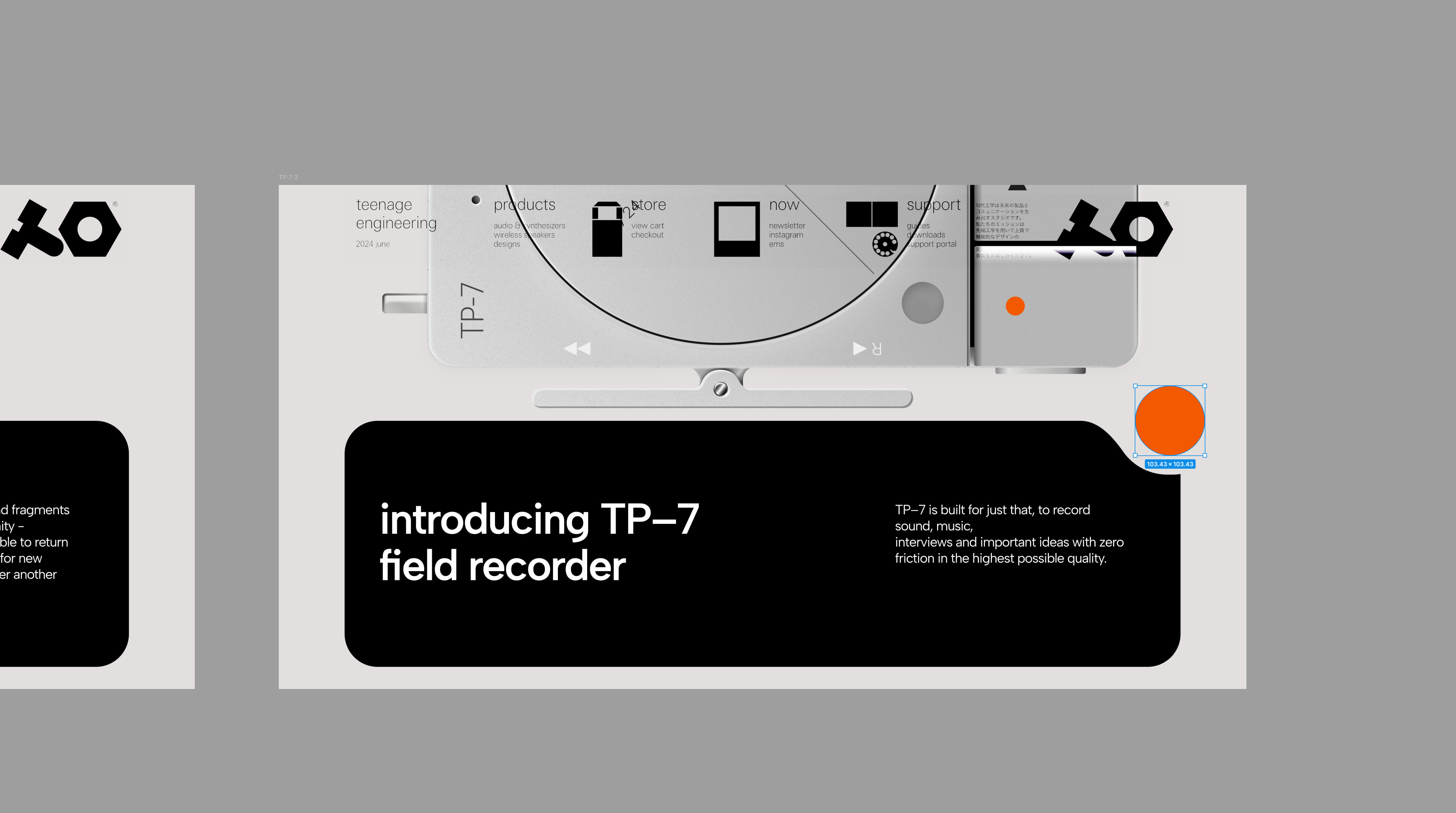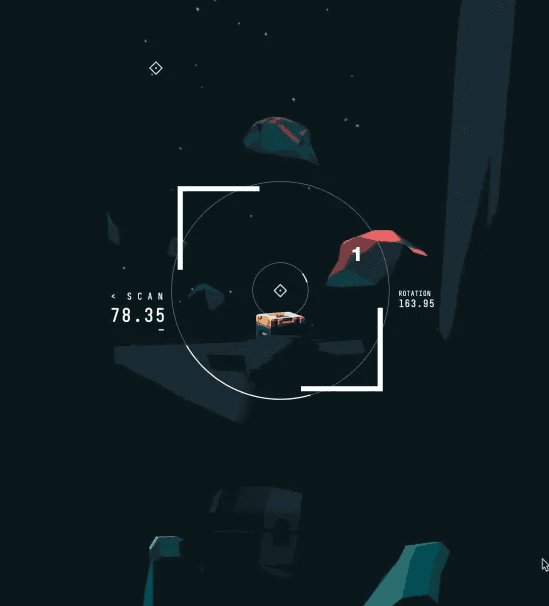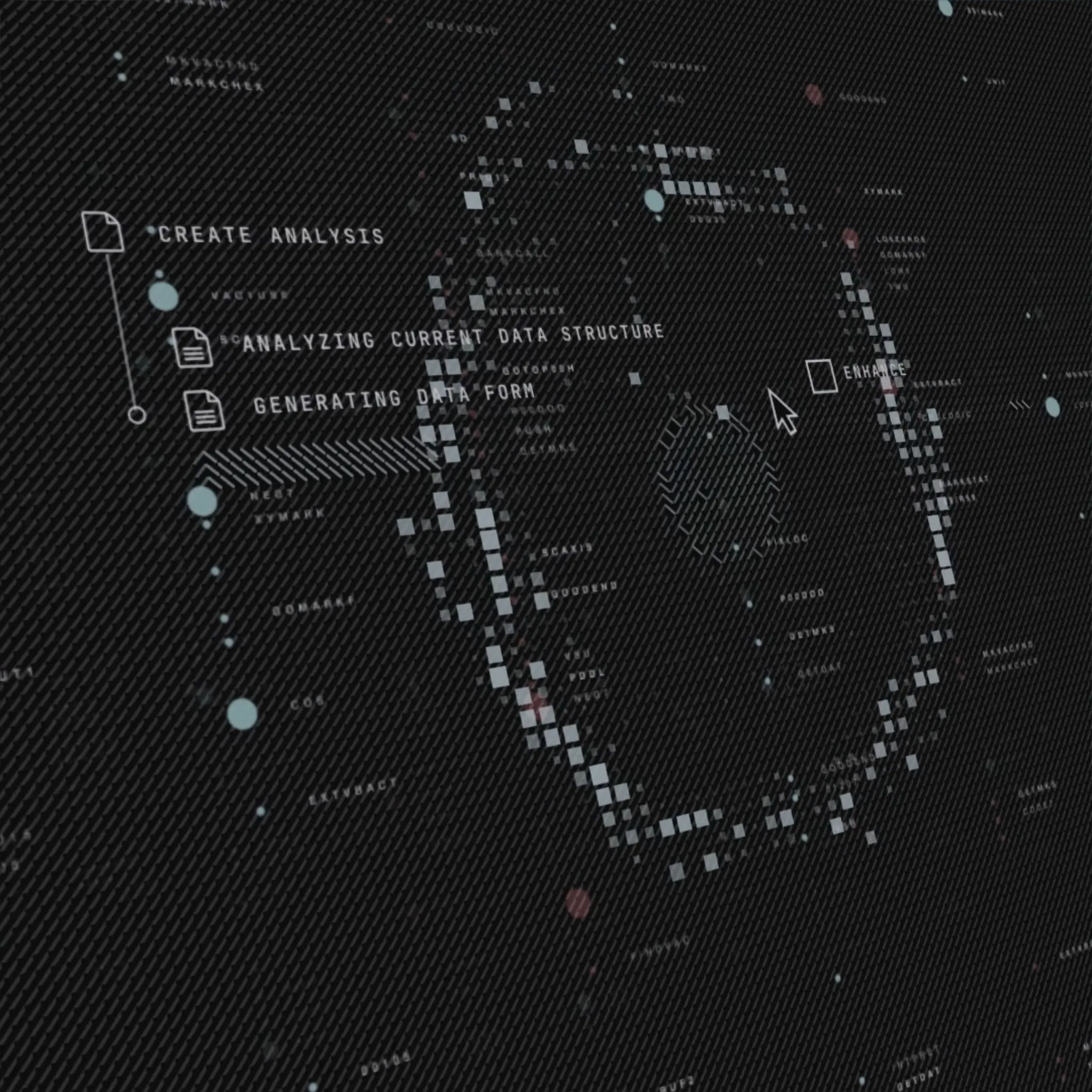Notes
Notes
Notes
Tools
Tools
Tools
Cornona Times—Minidoq, a Podcast of Everything
Cornona Times—Minidoq, a Podcast of Everything
Cornona Times—Minidoq, a Podcast of Everything
First test
Off the cuff rehearsal
With some extra time on my hands during the quiet, introspective pajama-wearing days of Corona, I thought maybe I should start a podcast, because there simply aren't enough of those. Plus I might have things to say, thoughts to share.
This one is about narrating photography and memories.
The first step was figuring out how to capture sound in a convenient, easily reproducible way—not just at my desk, but anywhere deep thoughts might occur to me. I opted for a Zoom H5, which had been tucked away in a drawer waiting for the next time I might meet up with a friend for a field-capturing trip. Which wasn't exactly looming.
This then sent me on a journey of how do I properly mix and master my voice to get intelligible, broadcast-ready audio loud enough—or at least on par with other podcasts?
I discovered the word sibilance while on that journey, and how my many, many S's sound up close to a dual microphone. That and plosives—sudden bursts of air during speech caused by B's and P's. There's a word for that—a particular sound or sound sequence that (at least in a general way) suggests a certain meaning: A phonestheme.
I ended up using a app called Hindenburg to process my voice—it's built for that: podcasts, broadcasts, things like that, and makes working with long dialogue really enjoyable.
The first you'll notice is I didn't fare too well in terms of audio quality and managed to overly process it, despite that amazing tool. But it was first stab at it, a first try, and outside the sound that could use some love, I'm happy with it.
Other foley sounds were also captured with the H5, all of which was pretty fun.
First test
Off the cuff rehearsal
With some extra time on my hands during the quiet, introspective pajama-wearing days of Corona, I thought maybe I should start a podcast, because there simply aren't enough of those. Plus I might have things to say, thoughts to share.
This one is about narrating photography and memories.
The first step was figuring out how to capture sound in a convenient, easily reproducible way—not just at my desk, but anywhere deep thoughts might occur to me. I opted for a Zoom H5, which had been tucked away in a drawer waiting for the next time I might meet up with a friend for a field-capturing trip. Which wasn't exactly looming.
This then sent me on a journey of how do I properly mix and master my voice to get intelligible, broadcast-ready audio loud enough—or at least on par with other podcasts?
I discovered the word sibilance while on that journey, and how my many, many S's sound up close to a dual microphone. That and plosives—sudden bursts of air during speech caused by B's and P's. There's a word for that—a particular sound or sound sequence that (at least in a general way) suggests a certain meaning: A phonestheme.
I ended up using a app called Hindenburg to process my voice—it's built for that: podcasts, broadcasts, things like that, and makes working with long dialogue really enjoyable.
The first you'll notice is I didn't fare too well in terms of audio quality and managed to overly process it, despite that amazing tool. But it was first stab at it, a first try, and outside the sound that could use some love, I'm happy with it.
Other foley sounds were also captured with the H5, all of which was pretty fun.
First test
Off the cuff rehearsal
With some extra time on my hands during the quiet, introspective pajama-wearing days of Corona, I thought maybe I should start a podcast, because there simply aren't enough of those. Plus I might have things to say, thoughts to share.
This one is about narrating photography and memories.
The first step was figuring out how to capture sound in a convenient, easily reproducible way—not just at my desk, but anywhere deep thoughts might occur to me. I opted for a Zoom H5, which had been tucked away in a drawer waiting for the next time I might meet up with a friend for a field-capturing trip. Which wasn't exactly looming.
This then sent me on a journey of how do I properly mix and master my voice to get intelligible, broadcast-ready audio loud enough—or at least on par with other podcasts?
I discovered the word sibilance while on that journey, and how my many, many S's sound up close to a dual microphone. That and plosives—sudden bursts of air during speech caused by B's and P's. There's a word for that—a particular sound or sound sequence that (at least in a general way) suggests a certain meaning: A phonestheme.
I ended up using a app called Hindenburg to process my voice—it's built for that: podcasts, broadcasts, things like that, and makes working with long dialogue really enjoyable.
The first you'll notice is I didn't fare too well in terms of audio quality and managed to overly process it, despite that amazing tool. But it was first stab at it, a first try, and outside the sound that could use some love, I'm happy with it.
Other foley sounds were also captured with the H5, all of which was pretty fun.
More notes



